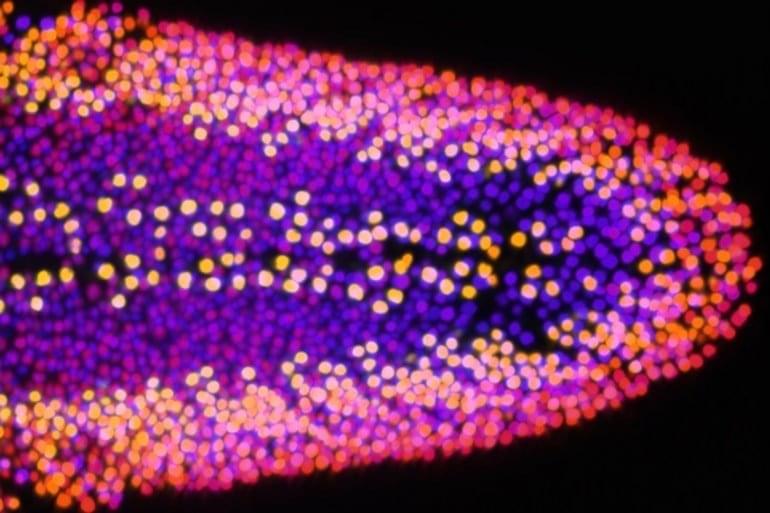This week, scientists announced that the James Webb Space Telescope, which among its many talents can analyze the atmospheres of exoplanets, just confirmed the presence of carbon dioxide on a world orbiting a sun some 700 light-years away. It’s the first observation of CO2 in a planetary atmosphere beyond our solar system.
But that discovery, made about a world very unlike our own, is just the first taste of what Webb’s instruments may soon reveal. Astronomers are eager to focus the telescope on planets like Earth, where liquid water, a crucial ingredient for life as we know it, is abundant. In the coming months and years, they will undoubtedly get their chance.
There are a number of promising Earth-like planets Webb could study in the near future, but in a paper published recently in The Astronomical Journal, scientists from the University of Montreal argue they’ve discovered one of the best such candidates yet.







